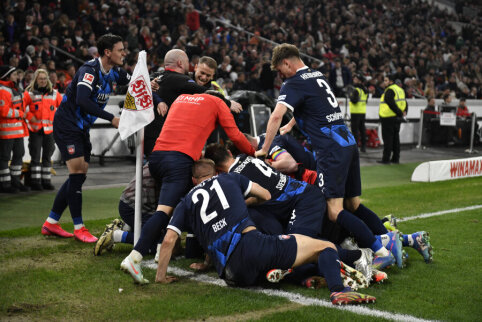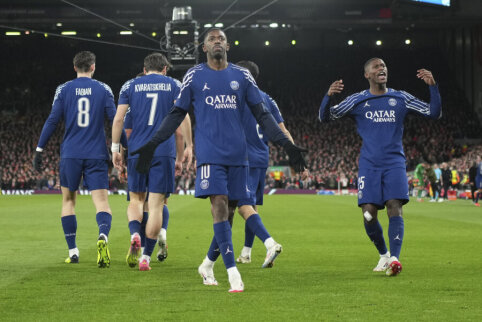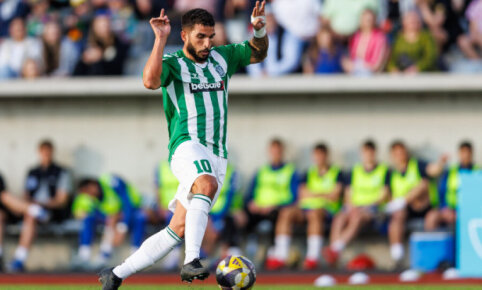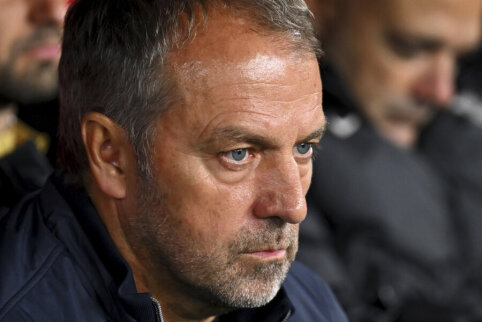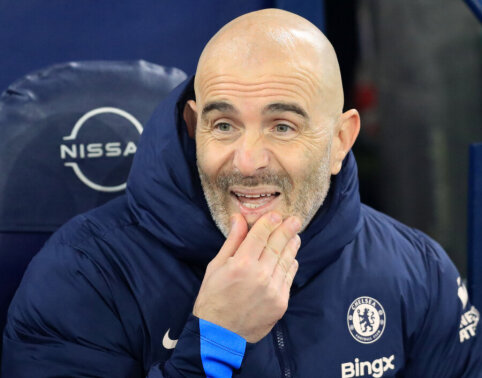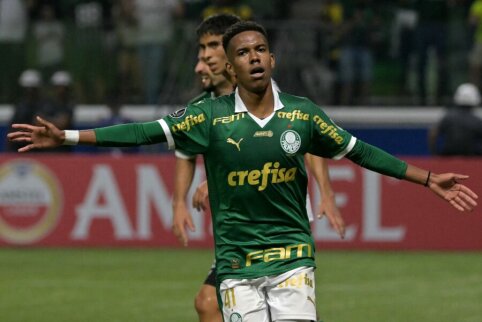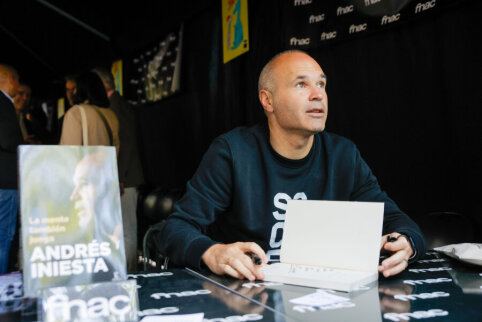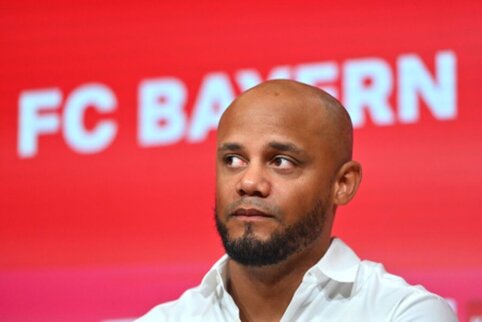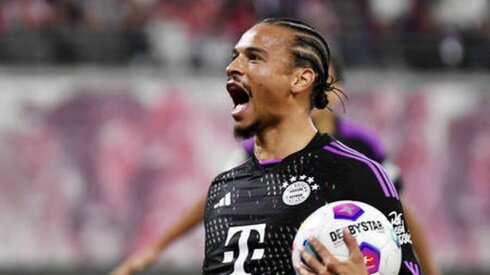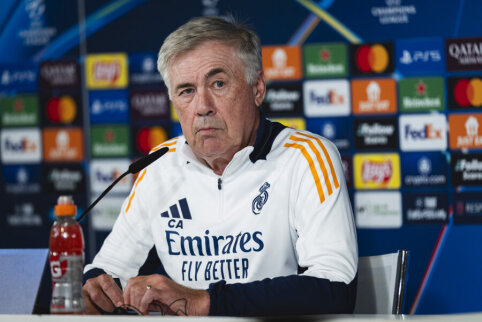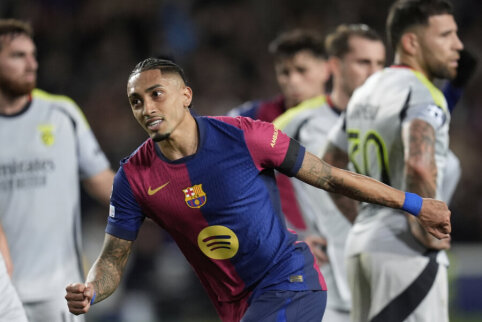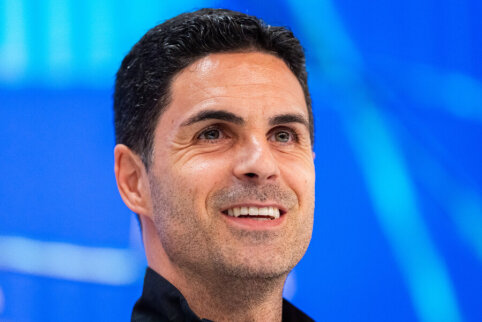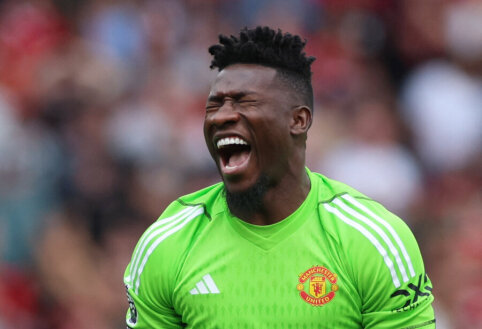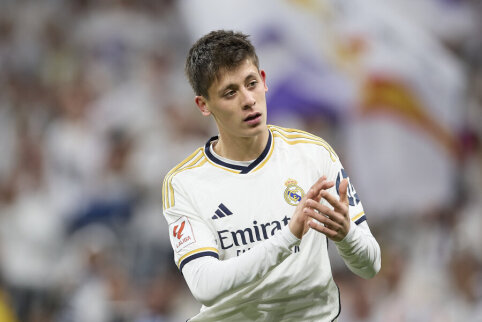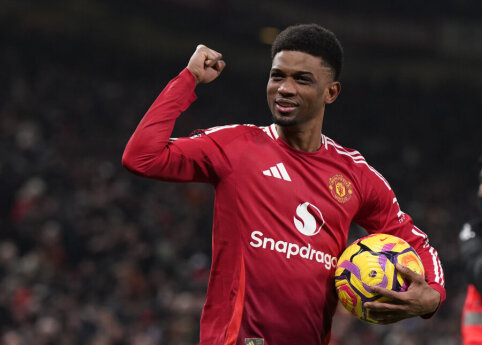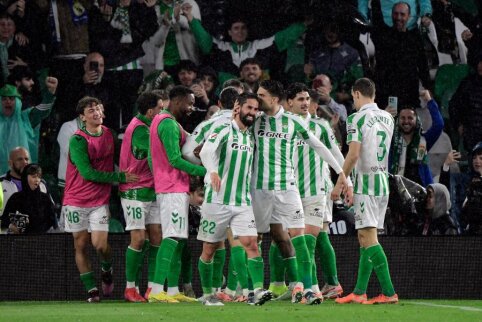 © EuroFootball.com
© EuroFootball.com
"Tribune" - the fourth part of the article series about historical World Cup stadiums. This time, website visitor JC Denton presents an article about one of the most famous stadiums in the world - the famous Maracanã in Brazil. 1950. Brazil. Simply Maracana. Writing this article took the most time... choosing a name for it. After all, so much has happened in this arena, so many thrilling stories. This is where the first bright stars of Brazilian football emerged - Baltazar, Jairo, Didi, Vava, Amarildo, Zagallo, Garrincha, Pele, Tostao, Gerson, Rivelino, Jairzinho, Zico, Socrates, Falcao, Junior, Careca, Romario, Bebeto, Rivaldo, Cafu, Aldair, Roberto Carlos, Ronaldo, and many others. Here, the "pentacampeones" were honored and adored five times. Here - the largest audience of football fans in the world. Here - the best national team's home arena in the world. Here, in 1969, football king Pele scored his thousandth goal. Here, in 1980, he met 800,000 believers with Pope John Paul II. Here, in 1983, the spectators enjoyed the delights of the divine Garrincha. Here, from 1980 to 1991, the legendary "Queen," Tina Turner, Michael Jackson, Frank Sinatra, and Paul McCartney held the biggest pop music concerts in the world. And lastly, it was here in 1950 that the biggest tragedy in Brazilian football history occurred... This stadium, in its glory, is unparalleled and indescribable. It's simply Maracanã. Stadium architecture and infrastructure. Brazilian delegate J. Machado, at the 1946 FIFA Congress promising to organize the fourth World Cup with 200,000 seats (!!!) on a "super" stadium, raised an extremely high task for the country's economy. Unlike the Centenario, this had to be not only the largest but also the most luxurious stadium in the world. Architects R. Galvao, P. P. Bernardes Bastos, Or. Azevedo, and A.D. Carneiro spent hundreds of hours together designing a structure that the world had to know as the future "super" stadium. 60 Y-shaped pillars, each weighing 230 tons and 24 meters high, held up the massive grandstands and a nearly 30-meter long stationary roof that leaned towards the pitch. The arena was equipped with modern player rest and rehabilitation facilities with ice baths and oxygen masks for athletes who needed to recover from the very humid air of Rio de Janeiro during breaks. The VIP boxes of the stadium were served by a separate staff, and people could access them directly from underground via fast elevators. The building housed a large hotel, a children's play area, several restaurants, bars, and shops. In addition to luxury, the designers raised high demands on player and spectator safety. In order to avoid a possible rush of fans onto the field, a trench three meters deep and four meters wide was dug around the perimeter. Participants and service staff entered the field through small bridges, which were later pushed away from the field. So that the fans could quickly and safely leave the stadium, wide tunnels were installed on both high levels of the arena. Through them, people immediately entered the field. The stadium's panorama resembles an inverted giant plate. The lines of the pitch and the stands are completely circular. Viewed from the heights of a bird's flight, the arena looks like a combination of several perfect circles. The upper tier of the grandstands, hanging above the first-tier rows, is like a second roof of the arena. The area of the arena is 110 x 75, with a height of 15 meters. The stadium is surrounded by a 1,700-meter bicycle path named after Manuel Garrincha. Near the grand stadium are several training complexes and the Maracanilho, a secondary 20,000-seat arena where less significant football matches are sometimes held. Stadium name. The arena completed in 1950 was initially called "Estadio Municipal." This humble name did not last long. In 1964, the stadium was renamed to "Estadio Jornalista Mario Filho." It was decided to immortalize the famous Brazilian journalist Mario Filho in honor of his encouragement of the stadium's construction. This official name of the stadium has remained to this day. However, Brazil is a country where nicknames are more beloved than actual names. In the 1960s, the stadium began to be more widely known as Maracanã. Torsido fans borrowed this noun from the Maracanã river flowing past the arena. Mario Filho's authority proved powerless against the power of popular slang. From 1970, the stadium is known worldwide as Maracanã. In 2000, Maracana grandly celebrated its 50th anniversary. Stadium history. Tragedy. On June 24, 1950, although not yet completed, the "super" stadium was grandly opened with a Brazil-Mexico match. 172,000 spectators were greeted by 27 gun salutes, thousands of white doves, countless colorful serpentine ribbons, and civilian helicopters. Just 20 days later - on July 15 - the championship final took place at Maracanã, the drama of which remained etched in the memory of humanity for ages. FIFA President J. Avelange, who watched the match, said: "From early morning, a sea of fans was buzzing at the stadium. They played drums, trumpets, bugles, shot fireworks and flares... Every corner of Maracanã was engulfed in a frantic euphoria. Finally, the day dawned which was supposed to fulfill the dreams of millions of Brazilians, who, after seeing them come true, could die without regret. This had to be Brazil's day..." Although the official number of tickets sold was 199,854 (a record in all of football history), at least 230,000 torsido soldiers gathered in the stadium. According to the commentator N.Rodrigues, "another half a million fans who couldn't enter the arena watched the match from the Rio hills." All the residents of Rio de Janeiro took to the streets. When the Selecao team appeared on the pitch, millions of football enthusiasts unitedly sang the national anthem. The air trembled from such a huge chorus. The match began. The explosion of gunshots, thousands of firecrackers, and millions of confetti raining down, the "super" stadium was so loud that nothing could be heard in the first few minutes. In the second half, as the hosts gained an advantage, it seemed like the concrete structures of the stadium would not withstand the victorious dance of the jubilant fans. Unfortunately, the match did not end there... After Uruguay equalized and took the lead, the last fifteen minutes at Maracanã were dominated by the silence of graves, with only the hopeless heartbeats of thousands of people being heard. Uruguayan forward Alcides Ghiggia buries the last "worm" in Selecao's "coffin." After the match, the stands were littered with the bodies of suicide victims and unsuccessful Selecao disaster fans. The sounds of sirens from ambulances and police cars echoed. Hundreds of people ended up in hospitals, some of them in psychiatric wards. The stadium, which was meant to be a source of pride for the nation, became a indelible national shame. The dishonor was so great that even the "tainted" national team's jerseys were changed colors. The white-green Selecao home colors were replaced by yellow and blue tones now better known to us. Over time, Maracanã also experienced brighter days. It was here that the miraculous Selecao of the 1970s began their journey onto the world football stage. Here, the torsida witnessed hundreds of stunning Brazilian victories and unforgettable football showcases. Here were solemnly welcomed the authors of triumphs in Stockholm, Santiago, Mexico, Pasadena, and Tokyo. Here the three-time and forever won World Cup trophies - the statue of the goddess of victory Nike. Here lie the unmatched stories of football stars... Stadium Legends. Maracanã is currently the only stadium where a single player scored his thousandth goal. In 1969, Pele accomplished this by scoring a penalty from 11 meters into the Fluminense goal. (Interestingly, more than 80,000 Fluminense fans demanded that he take the penalty himself!). Immediately after the jubilee goal, the match was stopped. The stadium dressing rooms were solemnly renamed Pele's wardrobe, and a memorial plaque was attached to the parade entrance of the stadium. Two years later, 180,000 Maracanã enthusiasts cheered "stay, stay!!!" as they watched Pele's final match defending the honor of the Brazilian national team. After that match, Pele remained the most prolific player in Maracanã in Brazilian national team games. In 22 international matches at the stadium, he scored 30 goals. Pele's imprints grace the Hall of Fame of Maracanã. The walls of Maracanã also protect the memory of Brazil's torsida favorite - Garrincha (Manuel Francisco dos Santos). Despite receiving more love and recognition in his homeland than Pele, Garrincha quietly said goodbye to the great football in 1968. More than five years after his career downfall, 130,000 fans gathered at Maracanã to honor the great dribbling God in 1973. On that day, the fans saw Garrincha manipulating the ball for the last time in the swirling wind of the "super" stadium. But this was not yet the final farewell of Manuel and Maracanã... More than half a million fans visited the stadium to honor the soot-covered "God" more than ten years later. There began the final journey of the football genius into eternity... Garrincha - the first and probably the last person to be honored at Maracanã in such a way. Stadium Derbies. The main Maracanã home clubs are three - Botafogo, Flamengo, and Fluminense. All of them are the leaders of Campionato Carioca, with long-standing traditions. However, the classic derby is considered the "Fla-Flu" match, as it was precisely in 1911 that dissatisfied players who ran away from the Flamengo team founded the Fluminense football section. Nearly 100 years of "Fla-Flu" battles - probably one of the most impressive football derbies in the world. When the teams moved to Maracanã, in 1963, their meeting saw an absolute record of 177,000 spectators. In the entire history of the derbies, 353 matches were played, in which, excluding the draws, Flamengo won only 17 times more than their rivals. The roaring sea of Flamengo fans. Stadium Modernization. Over more than 50 years, even the most modern stadium loses its advantages. Maracanã is no exception. Like many classic stadiums, complying with FIFA security requirements, Maracanã had to gradually reduce its seating capacity until in 2000 there were only 80,000 seats. Although infrastructure systems were consistently updated in the arena, from commentator boxes to a new press center, major reforms began only in 1998. It was then that a modern irrigation and irrigation system was installed above the stadium grass. During dry spells, the computerized system optimally waters the turf and ensures its lushness. In heavy rain, any excess water is absorbed by the dense drainage network under the pitch. In 2005, the arena closed for a year for reconstruction work. The seating capacity of the stadium again grew to 100,000, with an additional 40,000 standing spaces. The first match in the renovated Maracanã took place on January 22, 2006. Approaching the 2016 Olympic Games (which Brazil wanted to host), there was a lot of talk about whether a completely new stadium should be built in place of Maracanã, following the example of the Wembley renovation. All the talks were finally silenced by Pele, who stated that "more than 2,000 of Brazil's best footballers played in this arena, giving honor to the country and the nation on the world stage. Destroying Maracanã would destroy our honor." First part of the series: Uruguay 1930. Estadio Centenario - a national symbol. Second part of the series: Italy 1934 and 1990. Stadio Nazionale/Olimpico. The stadium has died, long live the stadium! Third part of the series: France 1938. The forgotten Colombes..."


